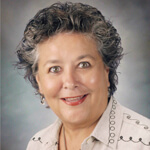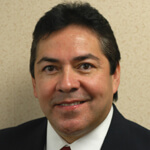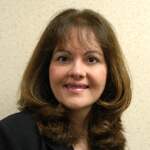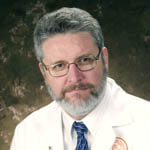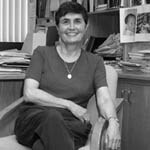
San Antonio (Aug. 3, 2004) – A San Antonio scientist chaired the study, released July 27, that recommends further scrutiny of genetically modified crops before additional products are permitted to hit store shelves. The U.S. Department of Agriculture (USDA), Food and Drug Administration (FDA), and Environmental Protection Agency (EPA) commissioned the study.
Bettie Sue Masters, Ph.D., professor of biochemistry at The University of Texas Health Science Center at San Antonio, chaired the National Academy of Sciences committee that addressed the issue. The committee primarily consisted of academic researchers. Dr. Masters, a member of the Institute of Medicine under whose auspices the study was conducted, announced the findings of the panel’s 235-page report at a press conference in Washington, D.C. She is the Robert A. Welch Foundation Distinguished Chair in Chemistry at the Health Science Center.
The report emphasized that genetic engineering is a subset of genetic modification. Genetic modification techniques include longstanding, conventional breeding approaches such as selecting plants with desired characteristics for propagation, as well as genetic engineering, which is the process of manipulating a gene using recombinant DNA methods first patented in 1980. Processed foods such as snacks, cereals and soft drinks that contain genetically modified ingredients are proliferating in the marketplace today.
The committee did not conclude that genetically engineered organisms are unsafe for consumers, but members did cast a strong vote for further analysis of these foods before they are released commercially. The panel advised that more examination be aimed at those transgenic food varieties that show the greatest degree of compositional difference from conventional counterparts.
“Foods that are new to humans, whether conventionally bred or genetically engineered, can … create potential health issues,” the report stated.
Dr. Masters and the other members of the committee also urged creation of a system to track the health of individuals who eat genetically engineered crops, but the committee emphasized that research before government approval of the products is of greater value than after-market studies. “We would hope that, for the most part, there wouldn’t be a great deal of post-market tracking,” Dr. Masters was quoted as saying in a story distributed by The Associated Press. The committee also recommended the establishment of an openly accessible and comprehensive database of all types of genetically modified foods and their components in order to assess the differences between them and their conventional counterparts.
Dr. Masters was quoted or mentioned in The Wall Street Journal, The New York Times and other media from coast to coast and overseas. “The FDA, USDA and EPA were very pleased with the outcome and have indicated that they will act upon our report,” she said.
One of Dr. Masters’ colleagues on the panel was Sanford A. Miller, Ph.D., former dean of the Graduate School of Biomedical Sciences at the Health Science Center and now a faculty member in the Center for Food and Nutrition Policy at Virginia Polytechnic University.


